
Prague Lecture FOA
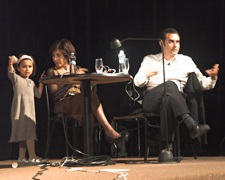 |
Farshid and Alejandro could not start with any other project than the one that launched their star career - the international port terminus in Yokohama. Until then, both had been teaching at the prestigious AA in London, had not built a single structure, and were trying their luck in various competitions. They followed up with other projects of man-made residential landscapes, demonstrating that nearly any typology can be conceived as terrain. Their police station in the Spanish La Vila Joiosa was a testament to their sense of humor. Unfortunately, there was no time to mention the unusual paving of its surroundings, the compact resolution of complex traffic, or to savor the unique interior space. This is the price you pay when you have dozens of similarly good projects.
The last work of FOA, and the entire conclusion of the Prague lecture, was about ornament and decor in architecture, which is inextricably linked to the project from the very beginning of building design, a topic deserving of a separate discussion. Perhaps Adolf Loos' outdated opinion has already been clearly addressed by Jacques Herzog in his lecture on October 25, 2000, at London’s AA. With a clarified past, an exceptionally wide spectrum of architects worldwide is now dealing with this topic.
After the lecture, a question from the audience arose regarding their teaching activities. Both speakers attended prestigious universities (not just one), and the list of their pedagogical endeavors is equally breathtaking. Western universities can recruit the most qualified people from practice. Architects do not refuse this offer because they know it is a mutually beneficial symbiosis of teachers and students. The response to the audience's question about the future of their completed buildings was more than diplomatic. For example, the fate of the London Belgo Zuid, which had to be closed after a change of owner and redesign, must touch every author when their building does not fulfill its function or ceases to exist altogether. The Spanish pavilion at EXPO 2005 in Aichi, Japan, was different, as its short lifespan was anticipated from the very beginning.
 |
The English translation is powered by AI tool. Switch to Czech to view the original text source.
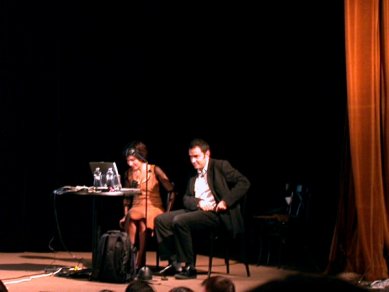
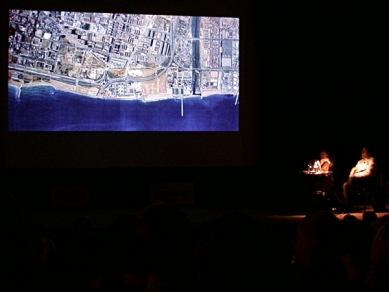
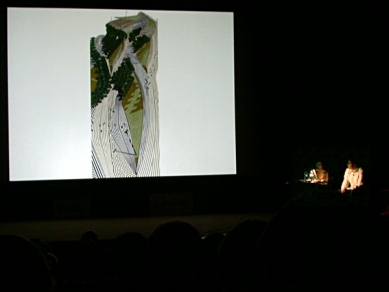

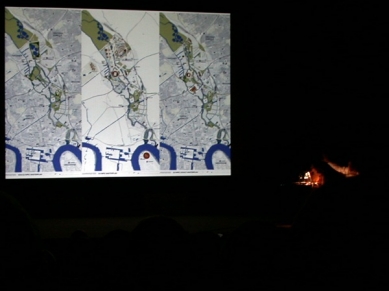
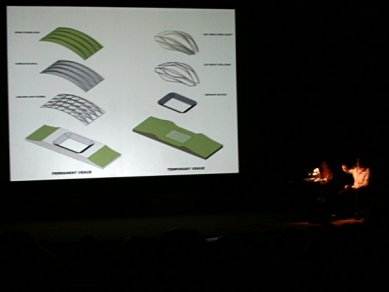
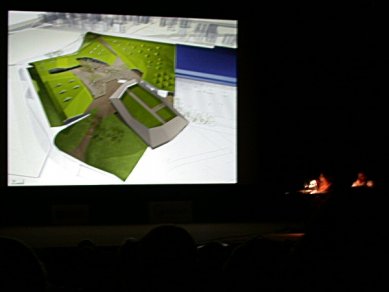
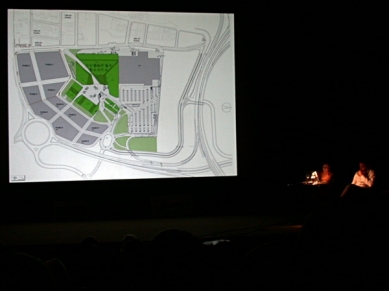
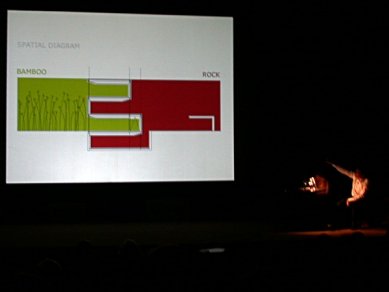
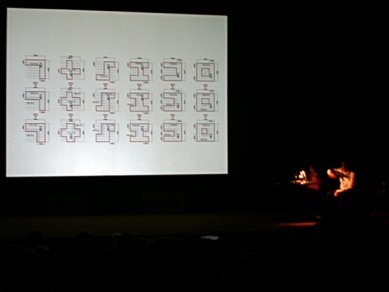
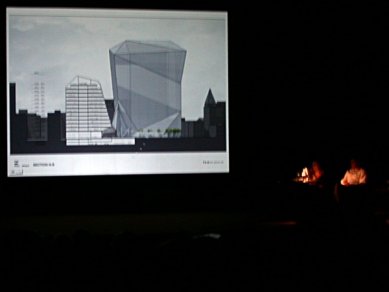
4 comments
add comment
Subject
Author
Date
?
pm
02.11.05 08:28
Loos
adam
02.11.05 02:25
Ornament a zločin
Adolf Loos
02.11.05 03:36
Ornament a zločin
Petr Šmídek
02.11.05 03:09
show all comments











